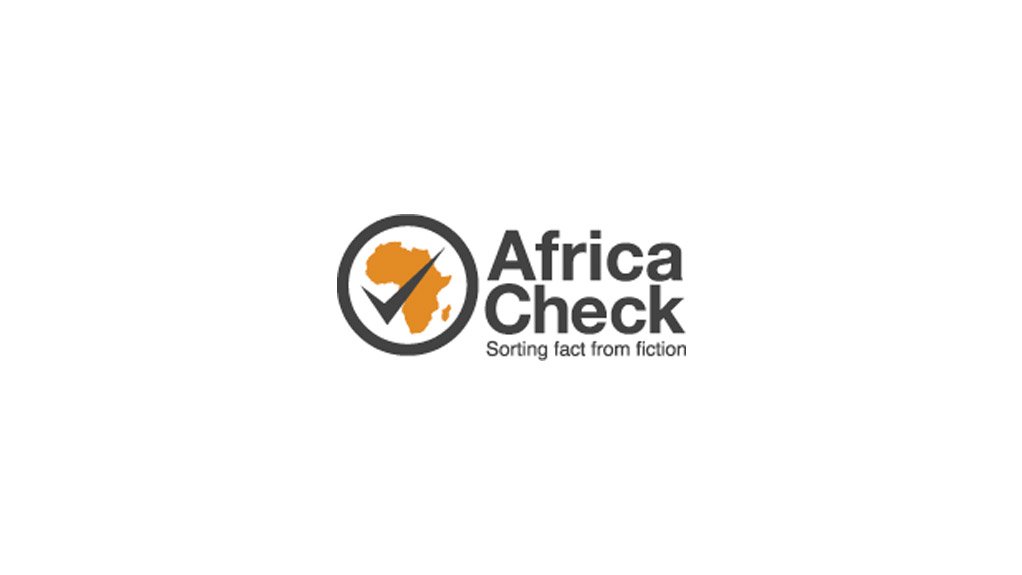The Kenya Revenue Authority (KRA) has pursued an aggressive tax collection strategy in recent years, aiming to increase revenue and meet targets.
The agency has targeted secretive shareholders in companies, offered amnesties and even said it was monitoring people’s lifestyles on social media.
The approach appears to be yielding more revenue, earning KRA staff bonuses and state recognition.
Reporting on the taxman’s most recent numbers in January 2022, Kenya’s Business Daily said tax collected in the six months to 31 December 2021 had increased from KSh673.6-billion to KSh868.8-billion.
It said this was a 28.98% increase compared to the same period of 2020, with the rise being at the “fastest pace” since president Uhuru Kenyatta took office in 2013.
It attributed this to “a recovery in economic activity, pursuit of tax cheats and fresh taxation measures”.
The paper was referring to the first half of Kenya’s financial year, which runs from 1 July to 30 June. Is the reported increase the fastest under Kenyatta?
Revenue recorded monthly
Business Daily attributed the data to the country’s finance minister, Ukur Yatani.
Kenyan law requires the minister to publish a “statement of actual revenues” in the official Kenya Gazette within 21 days after the end of every month. The statement shows total tax and non-tax revenue, domestic and foreign loans and their repayment, and grants.
The journalist who wrote the article confirmed the data for the claim was gleaned from the revenue statements published in the gazette and had used 2013 as a starting point.
Tax revenue and non-tax revenue
The KRA gives the following as types of tax:
-
Income or direct tax such as pay as you earn, corporate tax, withholding tax and turnover tax
-
Value-added tax, an indirect tax on eligible goods and services
-
Excise duty levied on non-essential items such as alcohol and tobacco
-
Customs duties or taxes on imports and exports
While tax is the dominant source of total revenue, the government also earns money from non-tax sources, John Kinuthia told Africa Check. He is a senior programmes officer at International Budget Partnership Kenya, a global budget transparency organisation.
“Non-tax revenue is mainly made up of service charges and levies that are collected by government agencies when they provide a certain service or sell goods,” Kinuthia said.
He gave the examples of paying the immigration department to renew a passport, or the government selling its old cars. “In such cases, the money will not be collected by KRA but forms part of government revenue.”
Steady rise in revenue – until Covid
Statements for all the first halves of the financial years from 2013/14 to 2021/22 show a steady rise in revenue. Only in 2020/21 was there a drop, which is attributed to the slump in economic activity due to Covid-19 lockdowns, and tax relief granted to soften the blow.
In April 2020, KRA reduced value-added tax, pay as you earn and corporate tax to cushion individuals and businesses from the effects of Covid-19.
|
Actual tax collected in the first financial half-year from 2013/14 to 2021/22 |
||
|
Financial year |
Revenue (KSh billions) |
Increase from previous year |
|
423.78 |
||
|
476.52 |
12.5% |
|
|
528.11 |
10.8% |
|
|
591.17 |
11.9% |
|
|
630.37 |
6.6% |
|
|
681.04 |
8% |
|
|
779.32 |
14.4% |
|
|
673.61 |
-13.6% |
|
|
868.84 |
29% |
Source: Statement of actual revenues 2013-2021
The data therefore supports the paper’s claim. But there’s more context.
Tax relief expires and rates rise
The increase in collection in the July to December period was due to a rise in tax rates after Covid-19 relief expired and the introduction of new rates.
This is according to Kwame Owino, the chief executive of the Institute of Economic Affairs Kenya thinktank. On 1 January 2021 KRA reverted to the previous tax rates. A new finance law passed in July 2021 also introduced new taxes, including excise duty on phone and internet data services. Betting and lotteries were also targeted, as were petroleum products.
Conclusion: Yes, first half of 2021/22 financial year saw “fastest pace” of revenue growth since 2013, but comparison was with lockdown period
Official data shows that the increase in tax revenue from July to December 2021, the first half of Kenya’s 2021/22 financial year, was the fastest under president Kenyatta.
But this came after a raft of Covid-related tax relief and mitigation measures expired or were wound up. The economy has also started recovering after lockdown measures were lifted.
Because of their unprecedented nature, a sharp recovery would be expected when these measures were eased, as noted by Kenya’s statistics office.
This context goes a long way in explaining the pace of the growth in revenue collection.
Prof Charles Wheelan, a senior lecturer at Dartmouth College in the US and author of Naked Statistics among other works, has previously told Africa Check that examining economic data after lockdowns required caution.
Written by Ann Ngengere, Africa Check











